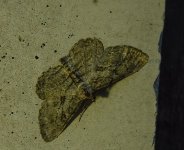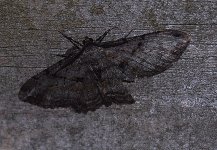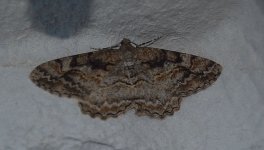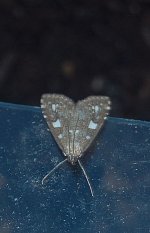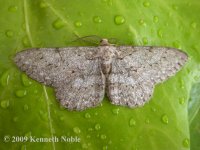davidg
Well-known member
I read in Manley that the underside of pyramidea has 'minimal copper marking beside body' whereas berbera has 'copper marking extending full length of body'. Anyone know how reliable that feature is?
I think this was the 'original' way of separating the two - and damn difficult it is too without damaging the poor moths. I was greatly relieved when the palps method came along but it looks like we're back to square one!
David




